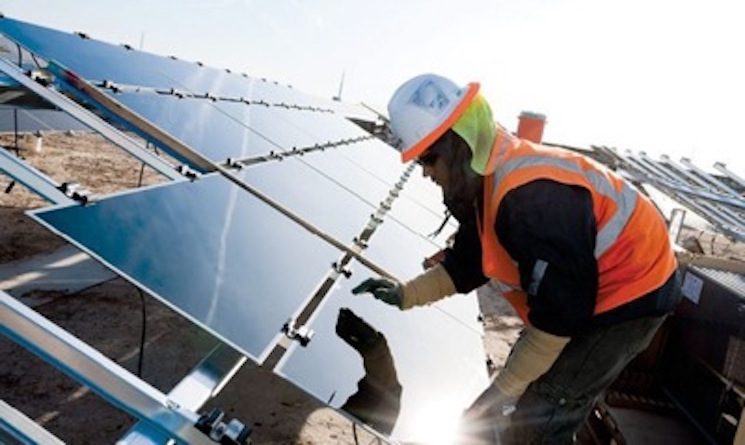February 21, 2014

Washington DC – According to the latest “Energy Infrastructure Update” report from the Federal Energy Regulatory Commission’s Office of Energy Projects, non-hydro renewable energy sources (i.e., biomass, geothermal, solar, wind) accounted for more than 99% of all new domestic electrical generating capacity installed during January 2014 for a total of 324 MW.
Solar led the way last month with 13 new “units” totaling 287 MW followed by geothermal steam with three new units totaling 30 MW. Biomass added three new units totaling 3 MW while wind had one new unit with an installed capacity of 4 MW. In addition, there was 1 MW added that FERC defined as “other.”
Renewable energy sources, including hydropower, now account for 16.03% of total installed U.S. operating generating capacity: water – 8.44%, wind – 5.20%, biomass – 1.36%, solar – 0.70%, and geothermal steam – 0.33%. This is more than nuclear (9.26%) and oil (4.04%) combined. *
“The trends are unmistakable,” concluded Ken Bossong, Executive Director of the SUN DAY Campaign. “Renewables are the energy growth market of the future with solar – for the moment at least – the leader of the pack.”
# # # # # # # #
The Federal Energy Regulatory Commission released its most recent 4-page “Energy Infrastructure Update,” with data through January 31, 2014, on February 20, 2014. See the tables titled “New Generation In-Service (New Build and Expansion)” and “Total Installed Operating Generating Capacity” at http://www.ferc.gov/legal/staff-reports/2014/jan-infrastructure.pdf.




